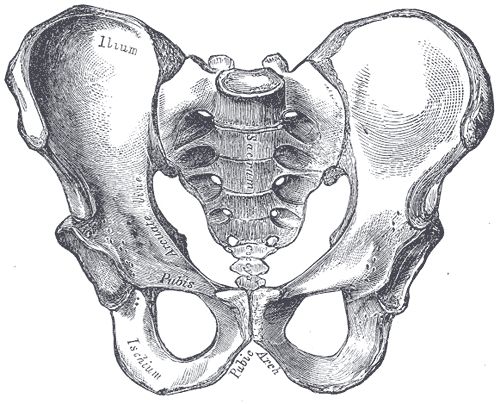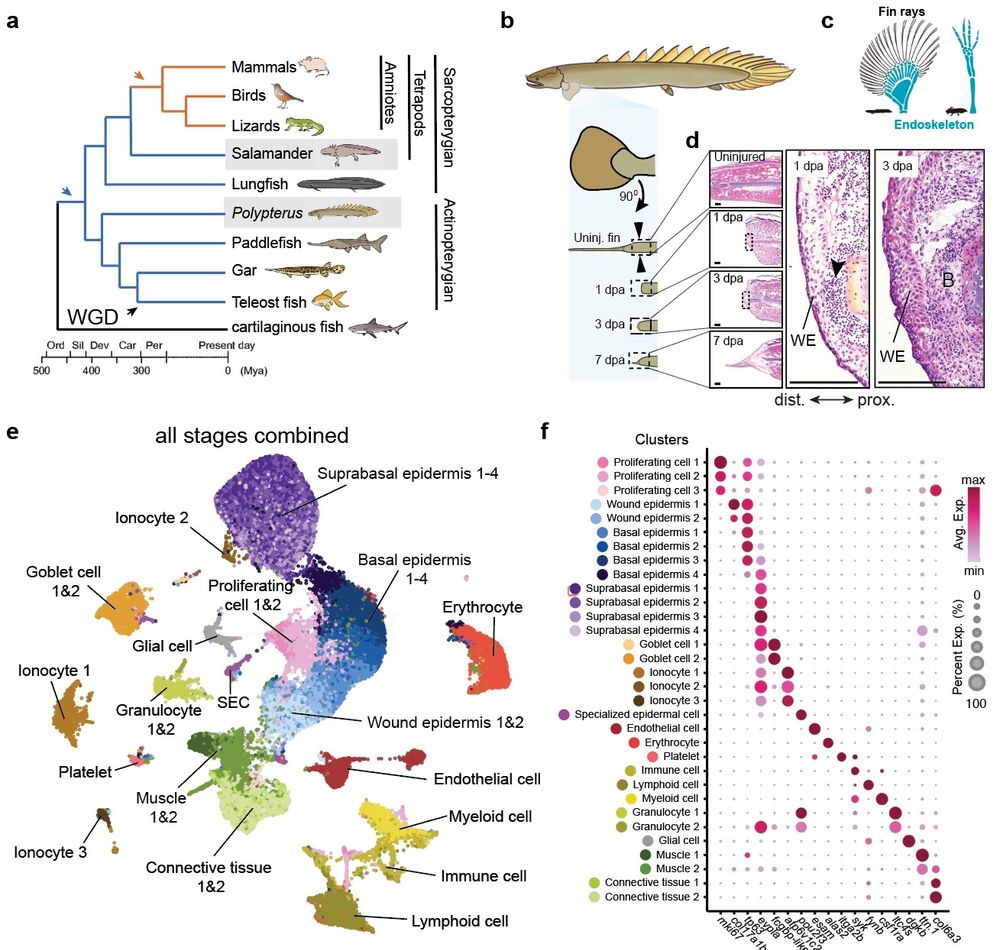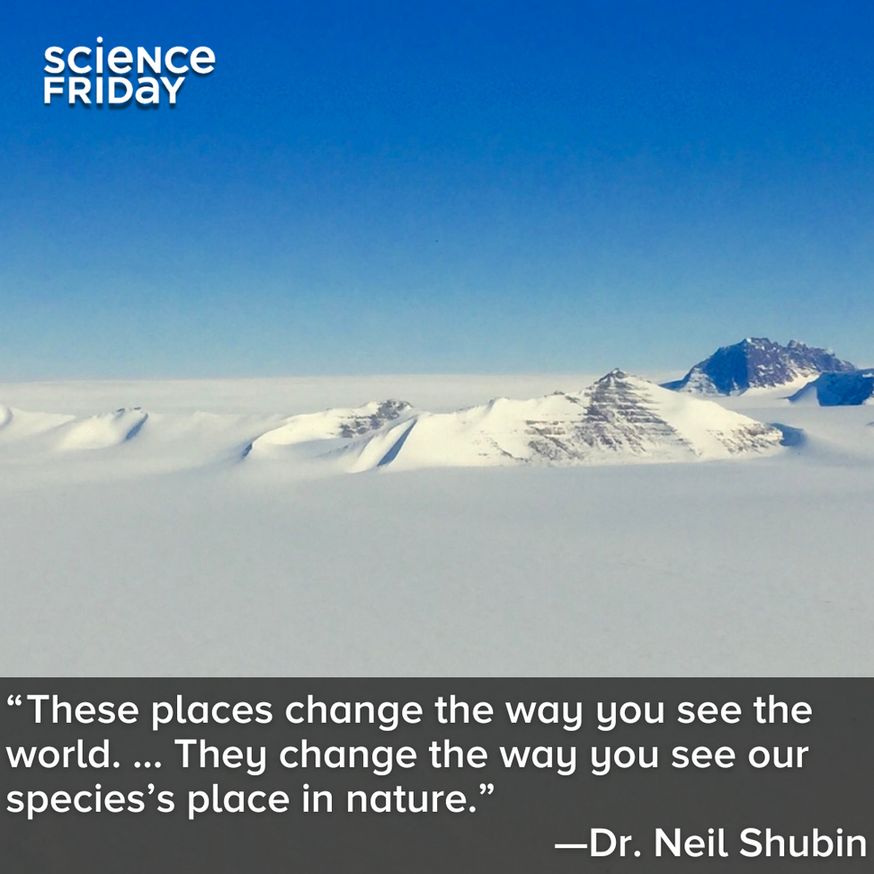Gayani Senevirathne
@gayani.bsky.social
170 followers
360 following
5 posts
Evo-devo, anatomy, novelties, genetics,
HHW Postdoc @Harvard Capellini Lab
PhD from Shubin Lab @UChicago🧬
Posts
Media
Videos
Starter Packs
Reposted by Gayani Senevirathne
Reposted by Gayani Senevirathne
Reposted by Gayani Senevirathne
Nature
@nature.com
· Aug 28

The evolution of hominin bipedalism in two steps - Nature
The human pelvis exhibits distinct spatiotemporal ossification patterns and an ilium cartilage growth plate that is shifted perpendicularly compared with those of other mammals and non-human primates—two key adaptations that underlie bipedalism.
go.nature.com
Gayani Senevirathne
@gayani.bsky.social
· Aug 29
Reposted by Gayani Senevirathne
Nature
@nature.com
· Aug 28

The evolution of hominin bipedalism in two steps - Nature
The human pelvis exhibits distinct spatiotemporal ossification patterns and an ilium cartilage growth plate that is shifted perpendicularly compared with those of other mammals and non-human primates—two key adaptations that underlie bipedalism.
go.nature.com
Reposted by Gayani Senevirathne
Kim Cooper
@ucsdcooperlab.bsky.social
· Aug 27
Reposted by Gayani Senevirathne
Reposted by Gayani Senevirathne
Reposted by Gayani Senevirathne
Reposted by Gayani Senevirathne
Henry Gee
@endofthepier.bsky.social
· Aug 27
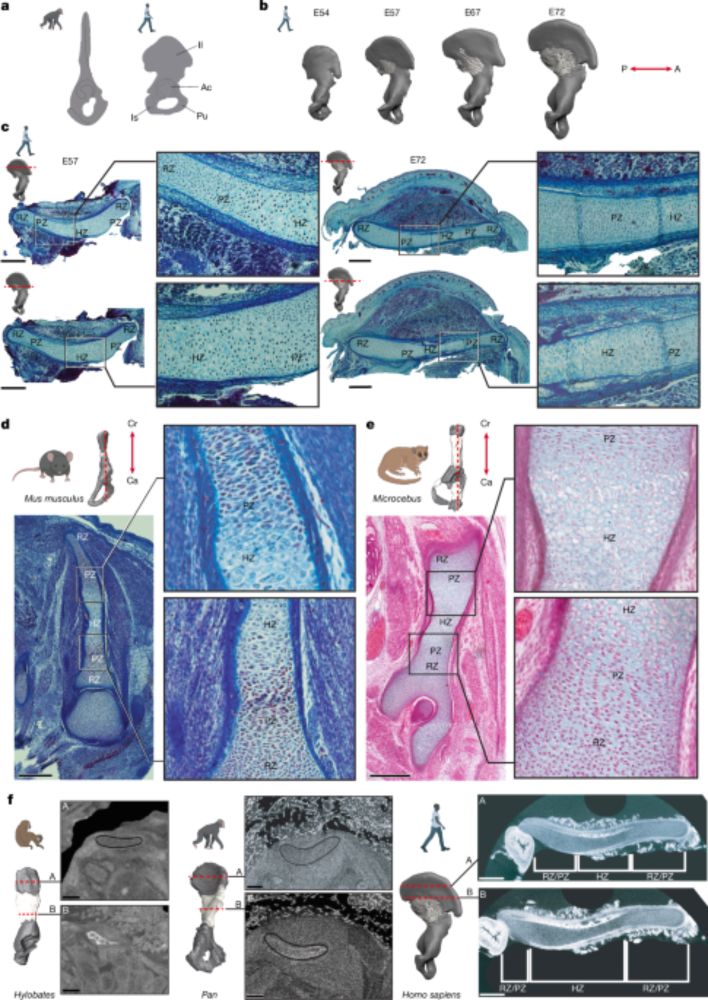
The evolution of hominin bipedalism in two steps - Nature
The human pelvis exhibits distinct spatiotemporal ossification patterns and an ilium cartilage growth plate that is shifted perpendicularly compared with those of other mammals and non-human primates—...
www.nature.com
Gayani Senevirathne
@gayani.bsky.social
· Aug 27
Reposted by Gayani Senevirathne
Reposted by Gayani Senevirathne
Reposted by Gayani Senevirathne
Reposted by Gayani Senevirathne
Gayani Senevirathne
@gayani.bsky.social
· Jul 14
Reposted by Gayani Senevirathne
Neil Shubin
@neilshubin.bsky.social
· Jul 14
Gayani Senevirathne
@gayani.bsky.social
· May 23
Neil Shubin
@neilshubin.bsky.social
· May 21
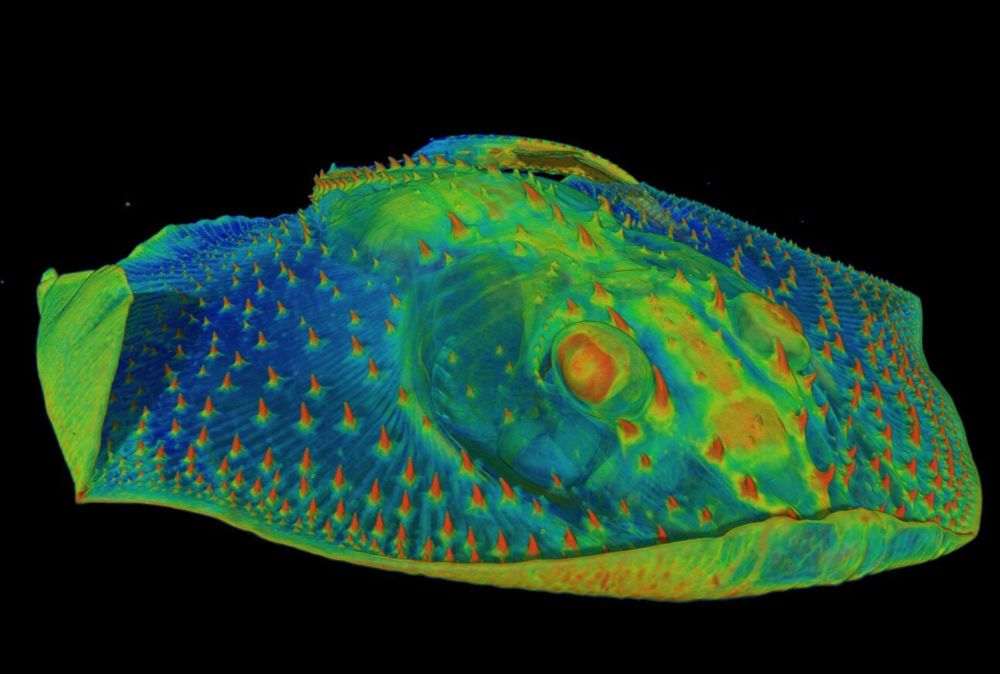
Teeth first evolved as sensory tissue in the armored exoskeletons of ancient fish, fossil scans find
Anyone who has ever squirmed through a dental cleaning can tell you how sensitive teeth can be. This sensitivity gives important feedback about temperature, pressure—and yes, pain—as we bite and chew ...
phys.org
Reposted by Gayani Senevirathne
Janet Song
@janetsong.bsky.social
· Apr 2

Human-chimpanzee tetraploid system defines mechanisms of species-specific neural gene regulation
A major challenge in human evolutionary biology is to pinpoint genetic differences that underlie human-specific traits, such as increased neuron number and differences in cognitive behaviors. We used human-chimpanzee tetraploid cells to distinguish gene expression changes due to cis -acting sequence variants that change local gene regulation, from trans expression changes due to species differences in the cellular environment. In neural progenitor cells, examination of both cis and trans changes – combined with CRISPR inhibition and transcription factor motif analyses – identified cis -acting, species-specific gene regulatory changes, including to TNIK , FOSL2 , and MAZ , with widespread trans effects on neurogenesis-related gene programs. In excitatory neurons, we identified POU3F2 as a key cis -regulated gene with trans effects on synaptic gene expression and neuronal firing. This study identifies cis -acting genomic changes that cause cascading trans gene regulatory effects to contribute to human neural specializations, and provides a general framework for discovering genetic differences underlying human traits. ### Competing Interest Statement C.A.W. is on the SAB of Bioskyrb Genomics (cash, equity) and Mosaica Therapeutics (cash, equity), and is an advisor to Maze Therapeutics (equity), but these have no relevance to this work. The remaining authors declare no competing interests.
www.biorxiv.org
Reposted by Gayani Senevirathne
Reposted by Gayani Senevirathne
Reposted by Gayani Senevirathne






